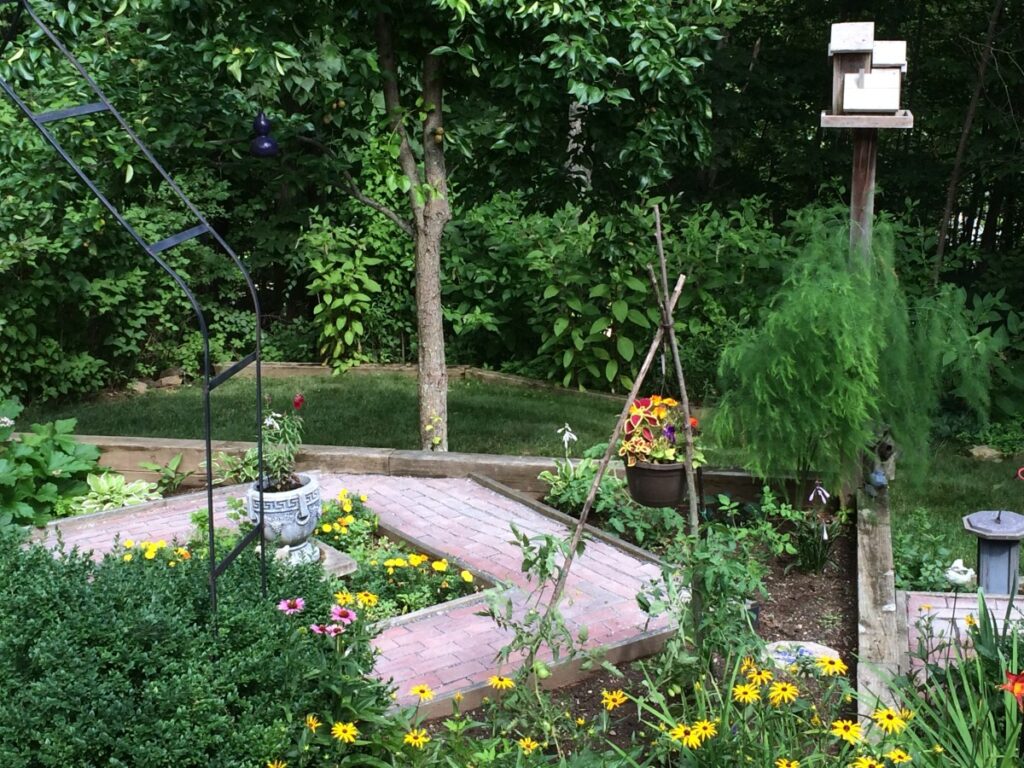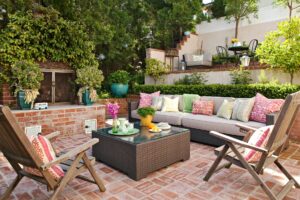Nestled in the heart of nature, cottages offer a serene escape from the hustle and bustle of urban life. But these charming retreats can be more than just a peaceful haven for humans; they can also become vibrant sanctuaries for local wildlife. By designing a wildlife-friendly cottage, you can create a thriving ecosystem right in your backyard, fostering a deeper connection with nature and contributing to biodiversity conservation.
Embracing Native Plant Species
One of the most effective ways to attract wildlife to your cottage is by planting native species. Native plants are adapted to the local climate and soil conditions, making them more resilient and easier to care for. They also provide essential food and shelter for local wildlife, supporting birds, insects, and other creatures that are vital to the ecosystem. For instance, planting a variety of wildflowers can attract pollinators like bees and butterflies, which in turn support the growth of other plants. Trees and shrubs native to the area can offer nesting sites for birds and small mammals, creating a dynamic and interconnected habitat.
Moreover, native plants often require less water and fewer chemicals than non-native species, reducing the environmental impact of your gardening efforts. By choosing plants that are well-suited to your region, you can create a sustainable and low-maintenance garden that benefits both you and the local wildlife. Incorporating a diverse range of native species will enhance the beauty of your cottage garden but also ensure a continuous supply of resources for wildlife throughout the year. From nectar-rich flowers in the spring to berry-bearing shrubs in the winter.
Creating Habitats and Shelters
Beyond planting native flora, creating specific habitats and shelters can significantly enhance your cottage’s appeal to wildlife. Birdhouses, bat boxes, and insect hotels are excellent additions that provide safe nesting and roosting sites for various species. Birdhouses can attract a variety of bird species, each with its own unique song and behavior, adding to the charm and vitality of your cottage surroundings. Bat boxes, placed high in trees or on buildings, can help support local bat populations, which are crucial for controlling insect populations.
Insect hotels, made from natural materials like wood, bamboo, and straw, offer a sanctuary for beneficial insects such as ladybugs, solitary bees, and lacewings. These insects play a vital role in pollination and pest control, contributing to the health of your garden. Additionally, creating brush piles or leaving fallen logs in your garden can provide shelter for small mammals, amphibians, and reptiles. These natural structures mimic the habitats found in the wild, offering protection from predators and harsh weather conditions.

Promoting Water Sources
Water is a crucial element for wildlife, and providing a reliable water source can attract a diverse array of animals to your cottage garden. A well-maintained pond can become a vibrant ecosystem, supporting fish, frogs, and aquatic plants. Adding native aquatic plants around the edges of the pond can create a naturalistic environment that blends seamlessly with the surrounding landscape. If space is limited, a birdbath or a small water feature can also be effective in attracting birds and other wildlife. Ensure that the water is clean and regularly replenished to maintain a healthy environment.
Incorporating a variety of water features can cater to different species’ needs. Shallow areas in a pond can provide safe drinking and bathing spots for birds, while deeper sections can accommodate fish and amphibians. Installing a drip or misting system can attract hummingbirds, which are drawn to the sound of running water. By creating a diverse and accessible water environment, you can support a wide range of wildlife and enhance the ecological richness of your cottage garden.
Conclusion
Transforming your cottage into a wildlife-friendly sanctuary is a rewarding endeavor that benefits both you and the environment. By embracing native plants, creating habitats and shelters, and promoting water sources, you can foster a thriving ecosystem that supports local flora and fauna. This harmonious coexistence with nature not only enhances the beauty and tranquility of your cottage but also contributes to the conservation of biodiversity. As you immerse yourself in the sights and sounds of the wildlife around you, you’ll find a deeper appreciation for the natural world and the vital role you play in its preservation.


